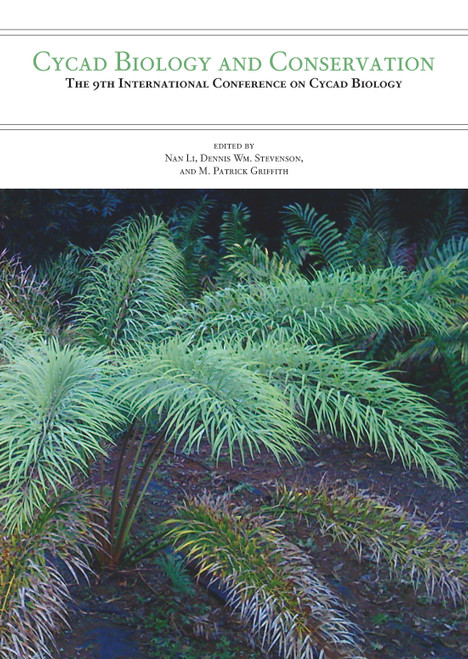This purchase only includes chapter 17 of this title.
Abstract
Cycas hongheensis S.Y.Yang & S.L.Yang is a critically endangered species with only two known populations restricted to a dry and hot limestone hillside along the Red River in Baohe village, Yunnan province of China. It is extremely urgent to protect this species, as the number of individuals has dropped dramatically in the last few years. Fifteen microsatellite markers coupled with a single copy nuclear gene ncpGS were applied to study the genetic diversity and genetic structure of C. hongheensis. In contrast to previously published studies in Cycas, C. hongheensis maintained a relatively high degree of genetic diversity (SSR: Na = 3.967, PPL = 90.0%, HE = 0.435, AR = 4.162, I = 0.835; ncpGS: Hd = 0.45625, π = 0.01048). Genetic differentiation was extremely low with only 6.58% of variation residing between populations. Gene flow between populations (Nm) was 3.55. Moreover, we inferred that there was a historically large population comprising the present region of two populations. As a result of environment change and human-induced destruction by overcollection, the historically large population was reduced to the current distribution pattern of two populations with decreased numbers of individuals and reduced distribution range. The main reason leading to the critical endangerment of C. hongheensis is the decreasing numbers of populations and individuals resulting from environmental destruction and human activity rather than loss of genetic diversity. We propose a strategy of in situ combined with ex situ conservation. While enhancing in situ conservation, a germplasm repository of C. hongheensis should be developed, coupled with artificial planting and pollination, with subsequent reintroduction of offspring to nature to reinforce wild populations.
Keywords: Cycas hongheensis, conservation genetics, genetic diversity, genetic structure







